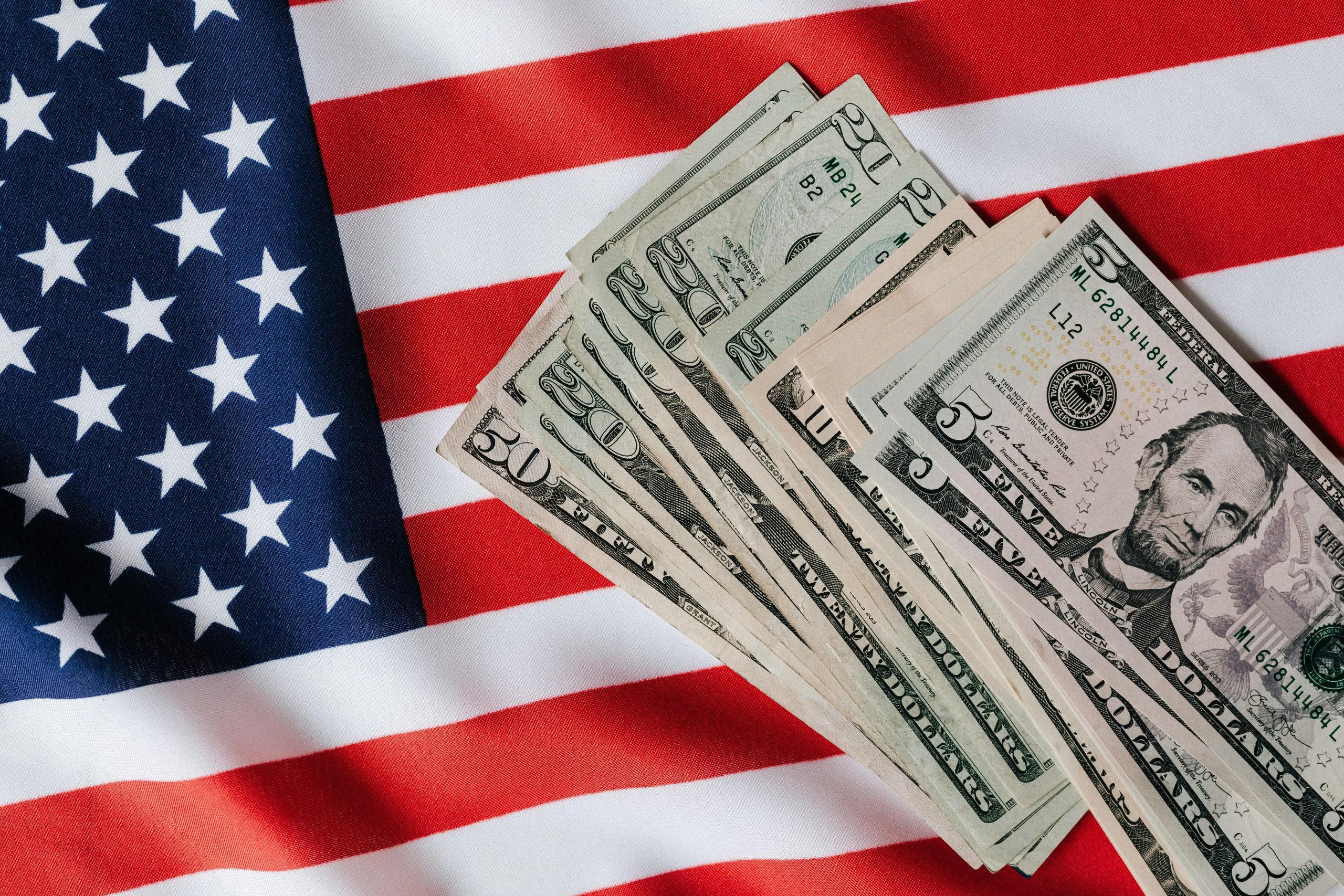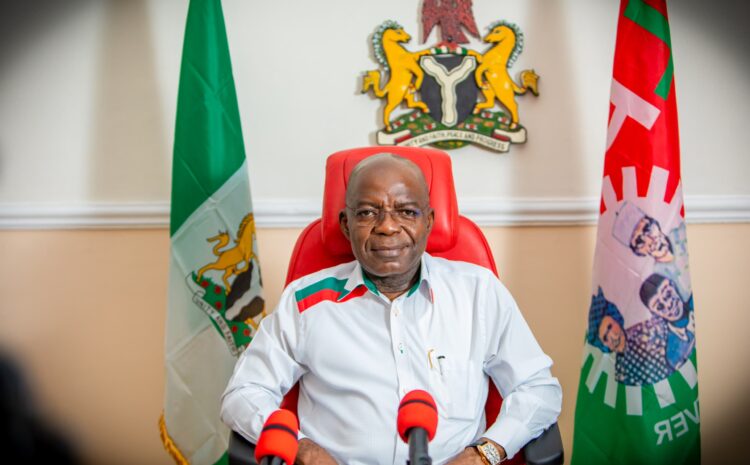The U.S. dollar is on track for its first weekly gain since mid-March 2025, bolstered by signs of a potential thaw in the U.S.-China trade war. On Friday, April 25, 2025, China announced exemptions for some U.S. imports from its 125% tariffs, prompting optimism that the tit-for-tat tariff battle between the world’s two largest economies may be easing.
The dollar rose 0.2% against a basket of currencies, marking a modest weekly increase. It gained 0.82% against the Japanese yen to 143.775 and 0.42% against the Swiss franc to 0.82985. However, the euro dipped 0.24% to $1.1363, and the pound fell 0.12% to $1.332 despite strong UK retail sales data. The dollar’s recovery remains tentative, having dropped 4% since President Donald Trump’s “Liberation Day” tariffs were announced on April 2, 2025.
China’s decision to exempt certain U.S. goods, including critical imports like petrochemical ethane and some drugs, follows a week of mixed signals. The Chinese Ministry of Commerce is reportedly asking companies to identify goods eligible for further exemptions to mitigate the trade war’s economic fallout. This move comes amid Beijing’s concerns about rising unemployment and deflationary pressures, despite its $1 trillion trade surplus in 2024.
U.S. President Trump fueled hopes of de-escalation on Tuesday, April 22, 2025, claiming direct talks with China were underway. In a Time magazine interview published Friday, he said Chinese President Xi Jinping had called him to discuss a potential tariff deal. However, Beijing disputed Washington’s characterization of these talks, with the Chinese Commerce Ministry calling U.S. tariff exemptions a “small step” toward correcting “wrongful” actions.
Market sentiment reflects cautious optimism. Fiona Cincotta, a market strategist at City Index, noted, “It feels like it’s heading more towards de-escalation than escalation,” though she cautioned that clarity on the broader trade picture remains elusive. Investor flows out of the dollar have slowed, but Cincotta warned it’s “too early to be cracking open the champagne” for a full dollar recovery.
The dollar’s volatility was exacerbated earlier in the week by Trump’s conflicting statements. His initial threat to fire Federal Reserve Chair Jerome Powell for not cutting interest rates quickly enough sent the dollar spiraling. It rebounded after Trump clarified he had no intention of replacing Powell.
Elsewhere, U.S. trade talks with Asian allies show progress. Japanese Finance Minister Katsunobu Kato confirmed no currency target discussions occurred during meetings with U.S. Treasury Secretary Scott Bessent, countering Trump’s claims that Tokyo manipulates its currency. Japan’s economy minister, Ryosei Akazawa, is set for a second round of talks with Bessent next week. South Korea is also in discussions, with Bessent suggesting a potential trade deal soon.
The exemptions and talks have sparked market reactions. Posts on X reflect mixed sentiments, with some users like @GlennLuk predicting China may reciprocate by exempting major U.S. goods like soybeans and petroleum, while others, like @amitisinvesting, highlight Beijing’s readiness to “fight until the end” unless Trump shows respect.
Despite these developments, the trade war’s broader impact persists. The U.S. tariffs on China, currently at 145% (including a 125% base rate plus a 20% fentanyl-related levy), and China’s 125% retaliatory tariffs have made much of their bilateral trade unfeasible. Analysts warn of potential U.S. recession risks and further strain on China’s economy, though both sides show willingness to negotiate.
As talks continue, the dollar’s modest gains signal cautious market hope, but the path to a lasting U.S.-China trade resolution remains uncertain.












Leave a comment